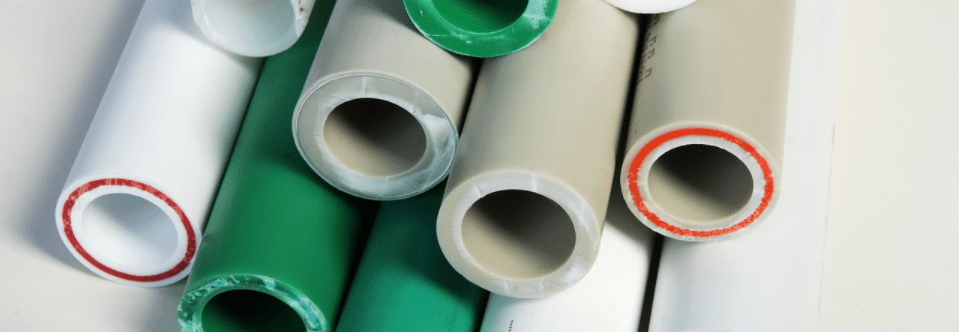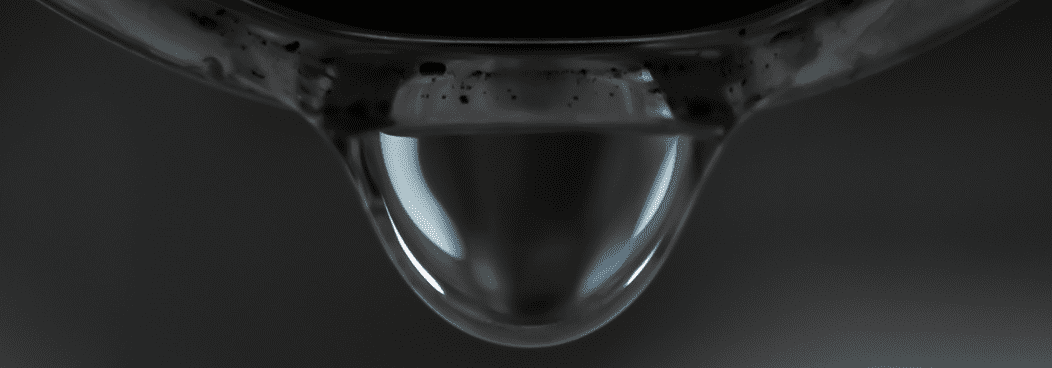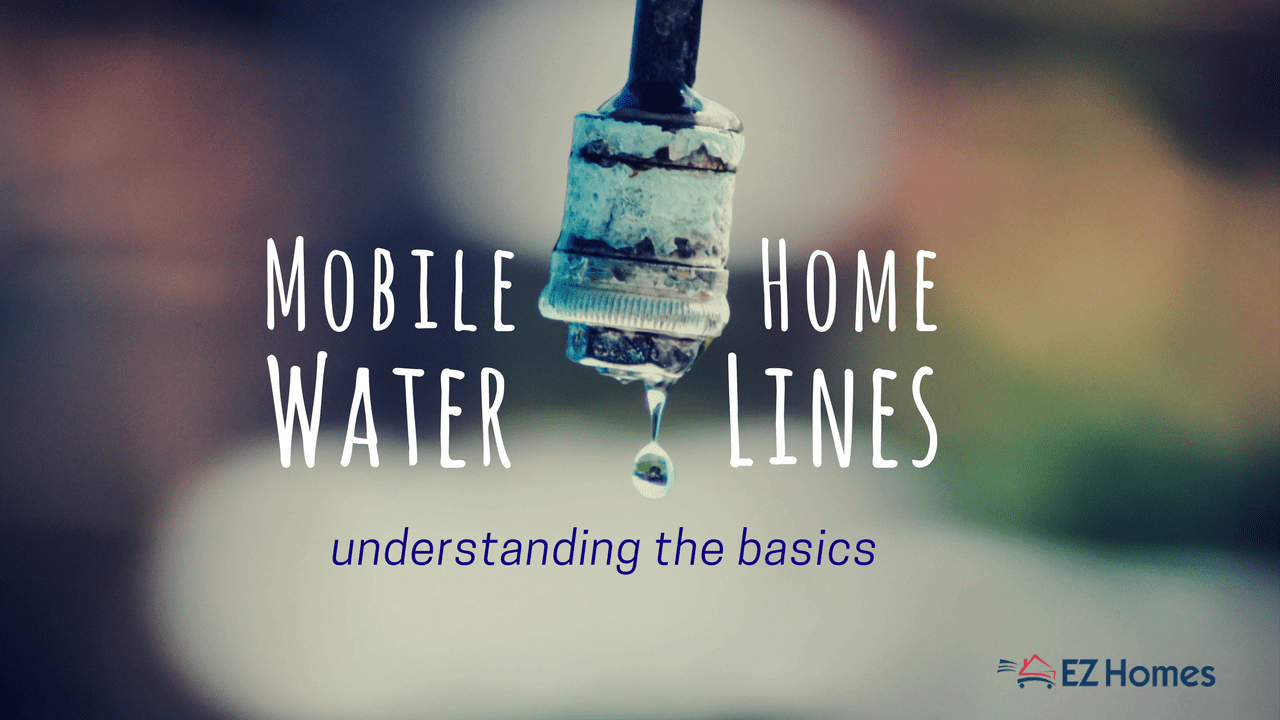If you are a new mobile home owner the underbelly of your home might look more like the belly of the beast. Dark, dank, mysterious, and filled with the innards of your home. However, there is really no reason to be afraid. In fact, it is a very important part of your home that requires regular maintenance and checkups. The area we will look at today is your mobile home water lines (aka plumbing).
While You Read Our Blog On Plumbing Tips, Why Not Get A Free Offer? Click Here!
Just think of how reliant we are on water for our daily lives. Whether it’s taking a bath, shower, cooking or just flushing the toilet, we need water in our daily lives and when the supply is interrupted our lives are turned upside down.
In this article, we will give you an introduction to the basics of your mobile home water lines. This includes understanding how they work, the differences between plumbing in a mobile and stick-built home as well as common problems you may encounter and how to solve them.
How does mobile home plumbing work?
Any home plumbing solution usually consists of three separate parts that work together to produce a properly functioning plumbing system. Supply lines, that move the water to access points such as faucets, taps, bathtubs, sinks, etc. Drainage lines, through which waste and other undesirable substance are drained separate from the water. And, ventilation lines that help establish to correct air pressure for the water to drain.
In most mobile homes the supply lines consist of PEX or copper and are smaller at around ⅜-1 inch. Older mobile homes should be copper, while newer mobiles are manufactured more and more using PEX.
Drainage pipes need to be larger to transport solids and other accumulated waste so are usually 2-4 inches. The make use of vents and gravity traps to separate water and waste. Through differences in pressure and with the help of gravity, sewage is drained out of the home plumbing system. They usually consist of PVC or copper pipes.
Ventilation pipes help your whole plumbings pressure in balance. Although they don’t seem nearly as important it’s impossible to have a smoothly running plumbing and drainage system without proper ventilation.
Common materials for mobile home water lines:
- Polybutylene pipes: This was a very popular type of pipe to install in homes between the 1970’s and 1990’s. If you happen to have this kind of plumbing and aren’t dealing with a whole bunch of problems yet, you are very lucky. Most water supplies have some level of bleach. When these pipes come in contact with bleach they erode way, leading to leaks and complete failures. Many a lawsuit has been filed because of their use. You can identify this kind of pipe through a medium grey color and the letters PB on them. If you happen to have them, you should consider replacing them immediately with newer materials.
- Copper: Copper pipes are all around the most common type of piping in all types of homes. Although newer mobile homes have mostly PVC or some kind of plastic piping. Copper is liked because of its high resistance to corrosion and the fact that it can take very hot water. However, they are more expensive which is one of the reasons they are being phased out by plastic varieties.
- Stainless steel pipes: Stainless steel pipes are a lot like copper pipes but even more expensive! This makes them a viable option but pretty rare, especially since copper performs just as well for household use.
- Galvanized pipes: Galvanized pipes have a special, galvanized coating which makes them even more resistant to rust and other environmental factors. They are commonly used to ferry water in and out of the house where pipes are exposed to the elements. They are slowly but surely being replaced by the cheaper and evenly good alternative, PEX.
- PVC pipes: PVC pipes are very commonly used in all kinds of industries and areas. They can’t be used for all home plumbing as these pipes can warp and bend when in contact with very warm water. This makes them mostly suitable for drainage pipes despite their robustness and flexibility.
- CPVC: CPVC pipes are PVC pipes with additional chlorination reinforcements. This means they retain all the positive aspects of normal PVC piping but can also withstand hot water. Additionally, they are more flexible than PVC pipes, have thinner walls, and are the same diameter as copper pipes giving them even greater utility.
- PEX: Now we come to the type of plumbing pipe that is taking the world by storm. Cross-linked polyethylene pipe is a bit wordy, so most go with PEX. PEX pipes are actually not a new technology but have recently had a resurgence in interest. This is because they have incredible heat resistance when compared to most types of home water pipes. They are also just as easy to install, maintain, and relatively inexpensive as other plastic plumbing. The basically just look like plain plastic pipes but are bendable and softer than the hard types, such as PVC.
- Polypipe: You won’t easily encounter this pipe as part of your actual mobile homes plumbing. It’s very rigid and easily freezes over so it’s mostly used to transport water underground into home plumbing systems. Unless something happens to this pipe of yours, you shouldn’t be too concerned about it.

As you can see there are quite a lot of variations when it comes to mobile home water pipes. We would recommend that if you have the time, energy, and money to go from metal pipes to plastic pipes, specifically CPVC or PEX. They are much cheaper than metal pipes, easier to use and install, less likely to freeze over, and are just as durable. You can definitely save yourself some future headaches.
How does mobile home plumbing differ from stick-built home plumbing?
If you have lived mostly in a stick-built home you might not understand why you have certain issues in a mobile home. This section is just to illustrate the differences between plumbing in the two types of homes so that you are informed when you make the switch.
Materials of the pipes
Due to strict building codes and regulations, stick-built homes plumbing hasn’t progressed as much as that of mobile homes. Mobile home manufacturers have more leeway to test new types of plumbing systems in their homes and stick with the best options.
Far from leading to a drop in quality, this has led most mobile home manufacturers to use plastic water lines. Although there have been some problems due to lax regulations it has mostly led to positives. We have already discussed their material benefits as well as the fact that they tend to be cheaper. This is especially true of mobile homes with CPVC or PEX pipes.
How the pipes enter the home
Most homes have pipes running straight through the walls into the taps or faucets, whereas most mobile home’s pipes come through the floor. This just leads to some practical considerations like taking the pipes into account when installing bathroom cabinets, etc.
It’s also not as visually appealing to have pipes running in the open so many homeowners tend to try and hide them. Practically, you will need to use more straight stop valves than angled stop valves.
Venting of drain pipes
You might not have known that most plumbing has vents too. These vents help maintain the right amount of air pressure for water to flow freely, as well as to send greywater out of the home.
In most mobile homes they are mountain right underneath your basins or counters. This isn’t very attractive and you might want to try and conceal them. Many mobile home bathtubs also simply don’t have vents.
Clean outs
Clean outs are areas in your home where you can access the sewage line in order to clear out clogs or blockages. They are usually just identified by a simple, white cap that can be removed for access to the interior of the plumbing.
In most stick-built homes there are many throughout the house. Including the kitchen, mainline, and washing room. In mobile homes, these aren’t always present which makes it harder to clear clogs.
Common mobile home water line problems
The pipes freeze over during winter
This is especially prevalent in mobile homes as the underbelly is generally not as well insulated or protected as water lines are in stick-built homes. This causes water in the pipes to freeze. If you have copper or galvanized pipes it’s even more likely since these pipes get extremely cold much faster than plastic pipes. In the long term, it can damage your pipes, vents, aerators, and faucets.

There are a few things you can do to take care of this annoyance. Firstly, you should make sure that the underbelly of your home is properly insulated. This means there should be an insulating material on the underbelly itself, the skirting should be in good condition, and the pipes themselves should be wrapped in insulation.
For a more hands-on solution, make sure that you run all your water lines regularly during winter. If no one will be staying in the home you should empty all the lines of water and shut off the water supply to the home for that period.
The pipes are leaking
Mobile homes tend to move and settle long after placed at a location. This could cause rigid pipes to crack or loosen their connections. You will need to try and identify the exact origin of the leak to fix this problem as all the fixes are localized.
The solution is quite simple if the leak is at a joint or connection. You only have to tighten the connection or add some joint fillers, leak tape, or rubber sheet. If the pipes themselves are cracked you can apply the same fixes but we recommend replacing them.
The drains are clogged
This is another one of those annoying plumbing problems. If there is a stench with an invisible source around your home, this might be it. You should clean it as soon as possible as it could contaminate all your water and lead to bad sanitation. Your best bets are muriatic acid or plain old water pressure from a compressor or the like.
There is low water pressure
This is a very frustrating problem that is hard to pinpoint the cause of. You should start by investigating a little. When you notice low water pressure, first make sure that your neighbors aren’t experiencing the same problem to rule out water pressure problems that aren’t related to your home.
If it’s only individual faucets or taps that have low water pressure, the problem is more often than not the faucet’s aerator. They can be cleaned or replaced but could be clogging as a result of sediment buildup in which case you need to install a new filtration system.
Galvanized pipes could also be the culprit. Water reacts to the zinc coating causing a buildup of lime and scale. If regular cleaning sounds like a punishment you should replace the pipes with plastic ones.
In winter, it could be that your pipes froze over as we talked about before.
Taps or faucets keep dripping
This is most likely because of loose, stiff or damaged washers. Replacing these should instantly fix your problem. It might be a good idea, in any case, to take apart your tap, look for any loose parts or blocking elements and put it back together the right way.

Other common mobile home water line tasks
Shutting off the water supply
This is a common enough task. You should always do it before fixing any part of your water lines or plumbing. As we explained earlier, you should also shut off all the valves if no one will stay in the home for a long period of time, especially through winter.
There are a few points where you can do this. There should be a cut-off valve somewhere in the home. It is usually located near your water hose connection at the back of your home. Look underneath the home in that general area. There may also be a cut-off valve at the water heater.
In exceptional circumstances, you can go cut off the water straight at the source. The water meter should be near your home in a manhole. You will need to remove the cover to get access.
Understanding your mobile home water lines
Well, there you have it! We hope this guide around the basics of your mobile home water lines and plumbing has given you a better understanding of what keeps your water running smoothly. And, also made you less afraid to tamper with it in case it’s not.
[/et_pb_text][/et_pb_column][/et_pb_row][/et_pb_section]



